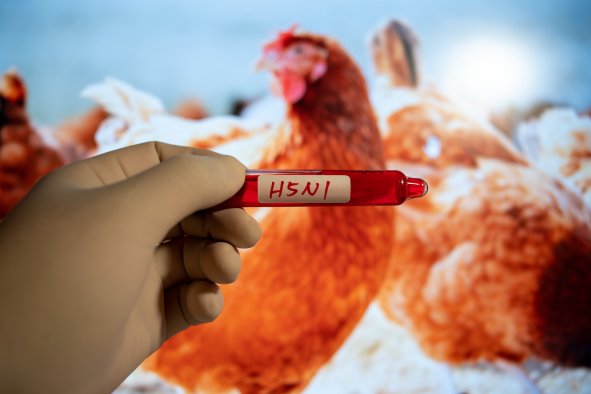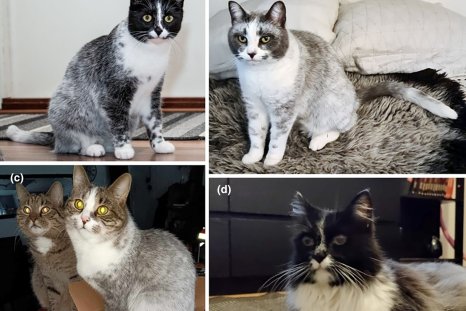Scientists have identified a distinct brain connectivity pattern in 6-week-old infants who are more likely to develop autism. The discovery offers exciting insights into the neurological development of autism spectrum disorders while supporting the development of early interventions in the future.
Autism spectrum disorders (ASD) encompass a broad group of conditions characterized by some degree of difficulty in social interaction and communication. In the U.S., ASD affects roughly one in 36 children by the age of 8, according to a 2020 report by the U.S. Centers for Disease Control and Prevention.
There are many potential causes of autism spectrum disorders, which include both environmental and genetic factors. As such, children who have older siblings with autism are more likely to be diagnosed with it themselves. Knowing that these children are "high risk" for autism spectrum disorders makes it all the more important that we develop accurate, predictive tests to facilitate early diagnosis.
In a new study, published in the journal Communications Biology, researchers from the University of California, Los Angeles set about investigating how brain connectivity patterns in these "high risk" children might differ to those of their peers.
The team evaluated 53 6-week-old infants, 24 of whom had at least one older sibling with an autism diagnosis. The infants underwent an fMRI scan while they slept and were followed up with eye tracking exams at 3-, 6-, 9- and 12-months while watching excerpts from Charlie Brown and Sesame Street, showing social interactions.
Specifically, the team were interested in a collection of brain regions called the Salience Network, which plays a crucial role in determining whether environmental stimuli deserve our attention.
Infants with a higher likelihood of developing autism—that is, those with one or more siblings with an autism diagnosis—showed stronger connections between this brain network and regions of the brain involved in processing sensory information and movement. Meanwhile, children in the "lower risk" group showed greater connectivity between the Salience Network and regions of the brain involved in social attention and interactions, connections which were weaker in the "high risk" group.
At just six weeks, these early brain patterns predicted the children's behavior at 12 months—those with greater connectivity with sensory regions showed extreme responses to sounds and sensations in their environment, a condition that is common in autism. Meanwhile, those with more connectivity with social attention regions were better at interacting socially with their peers.
"An emerging theory in autism research is that differences in sensory processing may precede the more classic social and communication symptoms of autism, and this data supports that theory in showing that very early brain differences related to how attention is allocated may predict both sensory and social behaviors in toddlers," Shulamite Green, an assistant professor at the David Geffen School of Medicine at UCLA and corresponding author on the study, said in a statement.
"In other words, more attention to extraneous sensory stimuli in the environment could make it difficult to attend to social cues, and this difference in attention could really affect how the brain develops across the first year of life and beyond."
The authors add that the small sample size and single timepoint used in their study does limit what we can determine from these findings. "[However,] the overall results strongly suggest that atypical patterns of Salience Network connectivity may reflect a developmental vulnerability," they write.
The full study can be found in the journal Communications Biology.
Do you have a tip on a health story that Newsweek should be covering? Do you have a question about autism? Let us know via science@newsweek.com.
Disclaimer: The copyright of this article belongs to the original author. Reposting this article is solely for the purpose of information dissemination and does not constitute any investment advice. If there is any infringement, please contact us immediately. We will make corrections or deletions as necessary. Thank you.



